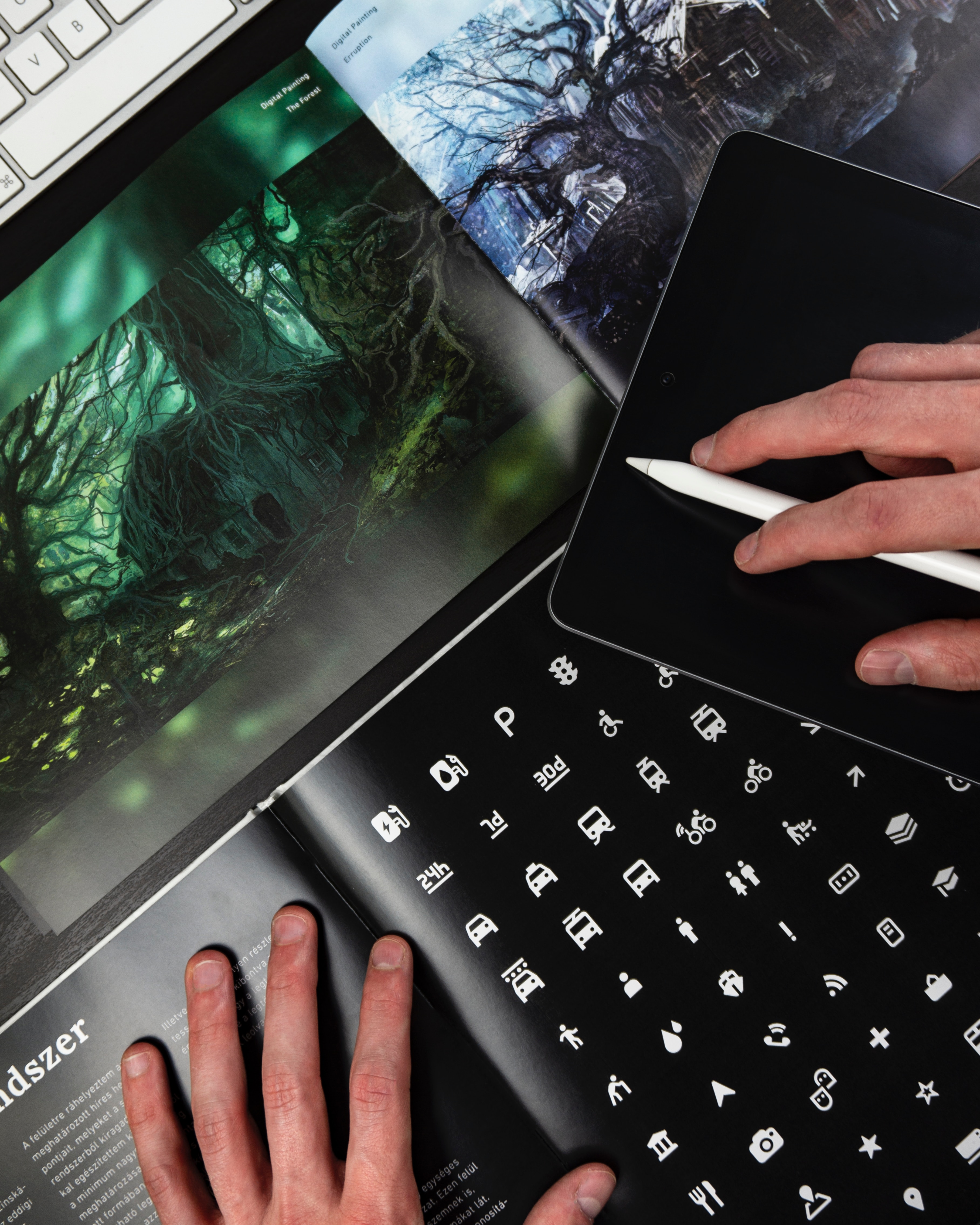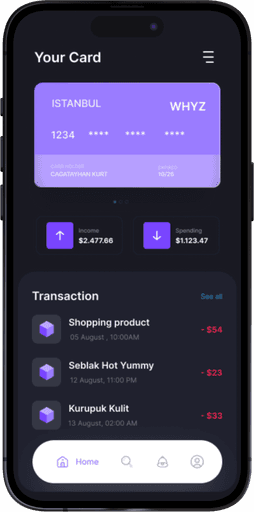Featured
How to Create an Effective Design Portfolio
Jan 12, 2022
Introduction
A design portfolio is a crucial tool for showcasing your skills and attracting potential clients or employers. An effective portfolio not only highlights your best work but also demonstrates your design process and problem-solving abilities. Here’s how to create a compelling design portfolio that stands out.
Selecting Your Best Work
Quality Over Quantity
When choosing projects to include in your portfolio, prioritize quality over quantity. Select pieces that showcase your strongest skills and most successful outcomes. Aim for a variety of projects that demonstrate your versatility and ability to tackle different design challenges.
Relevance
Tailor your portfolio to the audience you want to attract. If you’re seeking a job in UI/UX design, include projects that highlight your experience in that field. Ensure that each piece in your portfolio is relevant to the type of work you want to pursue.
Showcasing Your Design Process
Case Studies
Include detailed case studies for each project. A good case study explains the problem you were trying to solve, your design process, and the final outcome. Use visuals such as sketches, wireframes, and prototypes to illustrate your process. This helps potential clients or employers understand your approach and problem-solving skills.
Descriptive Narratives
Accompany your visuals with descriptive narratives that explain your design decisions. Discuss the challenges you faced, how you overcame them, and the impact of your design. This context adds depth to your work and shows your ability to think critically and strategically.
Creating a User-Friendly Portfolio
Clean and Organized Layout
Your portfolio should have a clean and organized layout that makes it easy to navigate. Use clear headings, sections, and categories to structure your content. Ensure that the most important projects are easily accessible and prominently displayed.
Mobile-Friendly Design
With many people accessing content on their mobile devices, it’s essential to have a responsive, mobile-friendly portfolio. Ensure that your portfolio looks great and functions well on all devices, providing a seamless experience for all users.

Adding Personal Touches
Personal Branding
Incorporate elements of your personal brand into your portfolio. This includes your logo, color scheme, typography, and any other design elements that reflect your style and personality. A cohesive brand identity makes your portfolio more memorable and professional.
About Me Section
Include an “About Me” section that provides insight into who you are as a designer. Share your background, experience, and what drives your passion for design. This personal touch helps potential clients and employers connect with you on a deeper level.
Conclusion
Creating an effective design portfolio involves carefully selecting your best work, showcasing your design process, and ensuring a user-friendly and visually appealing presentation. By including detailed case studies, maintaining a clean layout, and adding personal touches, you can create a portfolio that effectively communicates your skills and attracts the opportunities you desire. A well-crafted portfolio is your gateway to showcasing your talent and advancing your career in the design industry.






